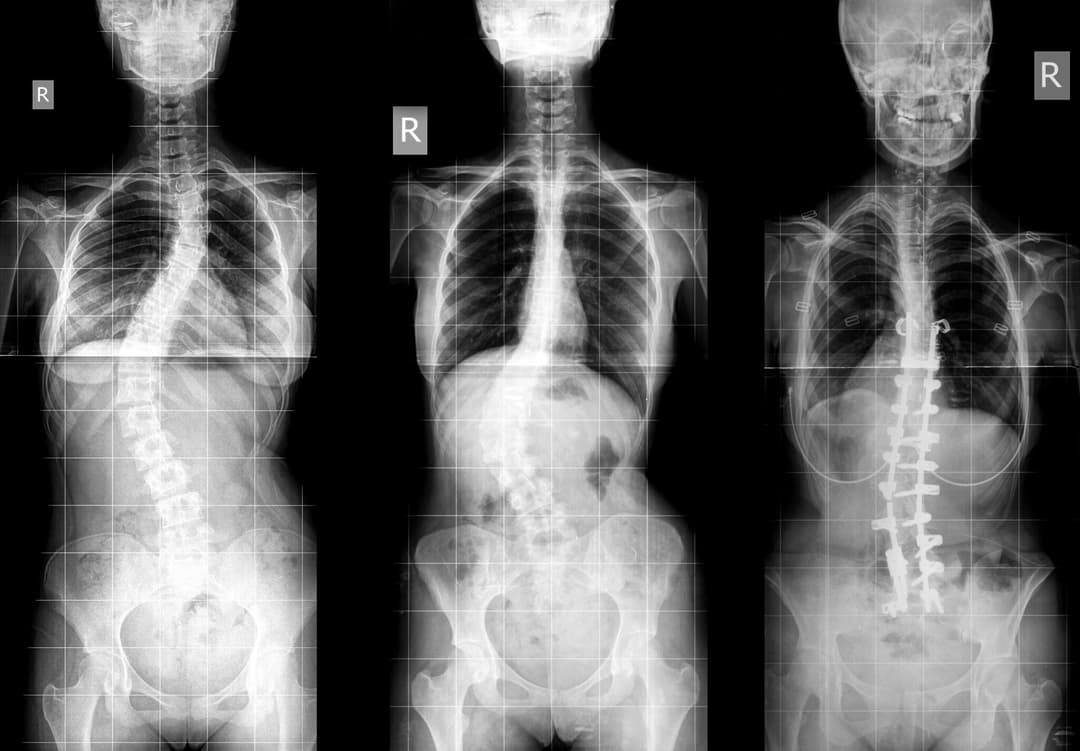Adolescent idiopathic scoliosis (AIS) is a fairly common spinal condition that affects children between the ages of 10 and 18.
The spine, instead of growing in a straight line, develops a sideways curve, often in an "S" or "C" shape with slight rotation. This abnormal curve can increase in size during growth spurts.
